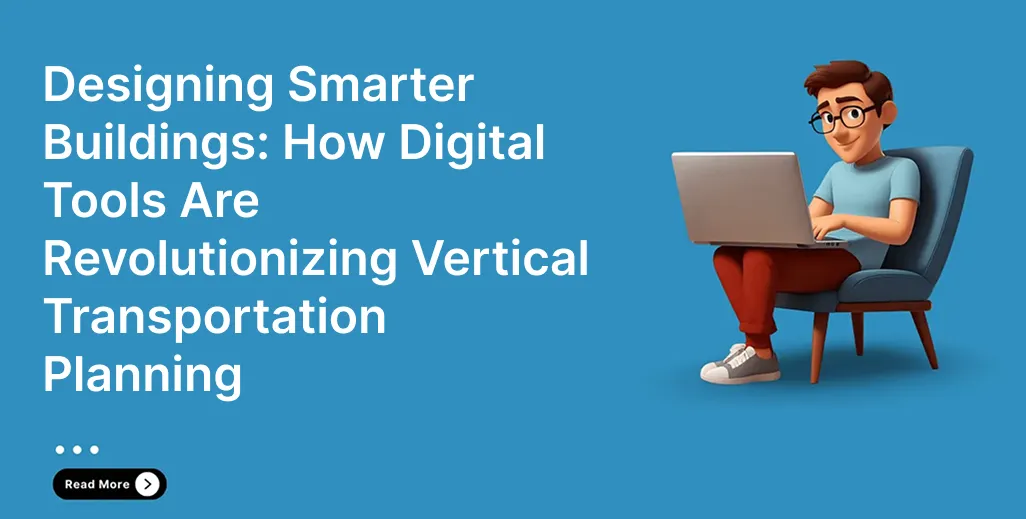
Address
440 West Street, Suite 318 Fort Lee, NJ 07024
Contact
Hours
Mon - Fri: 9am - 9pm Sat - Sun: Closed

Real estate development involves juggling multiple variables: land acquisition, permitting, financing, construction schedules, sales or leasing, and ongoing operations. Without cohesive systems, data silos, manual workflows, and miscommunication often slow progress or create costly mistakes. A well-designed technology stack helps bridge those gaps, but not all tools are created equal.
In this post, we’ll explore what to look for in development software, how to align tools with your processes, and factors that distinguish high-performing platforms from generic solutions.
Many development teams start with spreadsheets, shared documents, or disparate software for accounting, project management, and operations. While familiar, these tools don’t scale well. As projects grow in complexity, with multiple sites, phases, partners, and changes, manual coordination becomes a major drag on productivity and accuracy.
Missed deadlines, budget overruns, redundant data entry, and lack of real-time visibility all trace back to weak tool integration. That’s why modern development teams increasingly turn to specialized systems that unify core workflows rather than patching together standalone solutions.
When evaluating potential systems, here are the high-impact capabilities that tend to separate good from truly effective tools:
When these features work together rather than in silos, teams gain operational clarity, reduce error risk, and work with confidence in their data.
One challenge in writing about solutions is weaving in your preferred link without it feeling forced. A natural way is to align it with a tip or observation. For example:
Many development teams are implementing purpose-built software for real estate development to unify accounting, project management, and leasing functions under one platform, eliminating the need to stitch together disconnected tools.
In that sentence, the link becomes part of the narrative rather than an interruption.
One mistake is evaluating platforms solely by their sticker price. True value comes through:
When properly evaluated, a robust development platform often pays for itself by minimizing missteps and improving execution. At Elevate Solutions, experts guide real estate firms through this full value analysis, helping them invest in platforms that deliver measurable ROI and long-term scalability.
Bringing everything into one system creates more than just convenience, it drives measurable ROI:
Time Efficiency
Automating rent collection, maintenance tracking, and reporting saves hours each week.
Better Decision-Making
Real-time access to accurate data means leaders can respond to market changes quickly.
Tenant Satisfaction
Faster responses to service requests and transparent billing improve tenant relationships.
Scalability
A unified platform can grow with the portfolio, supporting more properties without adding administrative strain.
Rolling out a development platform is as much about change management as technology. Some practices that improve adoption:
A thoughtful implementation trajectory ensures your team feels ownership rather than resistance.
Choosing development software is not just a technology decision, it’s a strategic one. The right system supports end-to-end continuity across development, financing, operations, and analysis. It frees your team from manual drudgery, enhances visibility, and offers the agility to respond to market changes.
If you’re at the point of selecting or upgrading your tech stack, consider models that integrate project accounting, financing, lease operations, and analytics into a unified platform. That kind of cohesion often makes the difference between managing chaos and driving confident growth.






Schedule a consultation! Provide your contact information below and we’ll get back to you as soon as we can.
440 West Street, Suite 318 Fort Lee, NJ 07024
Mon - Fri: 9am - 9pm Sat - Sun: Closed
HWS Center © 2025 | All rights reserved | For Ketamine Treatment NJ | Created by Invisio Solutions Ltd